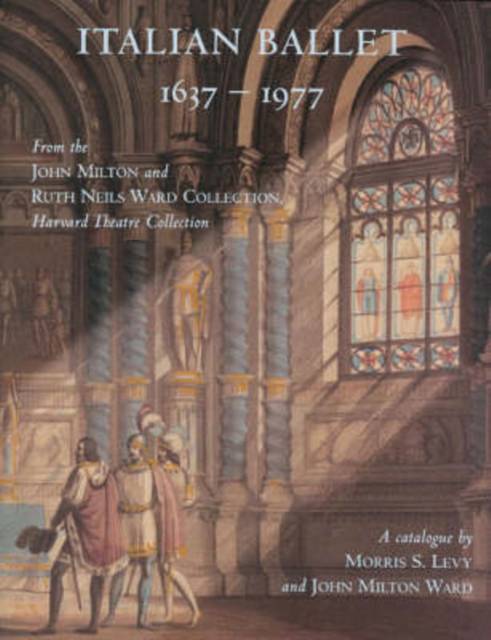
- Afhalen na 1 uur in een winkel met voorraad
- Gratis thuislevering in België vanaf € 30
- Ruim aanbod met 7 miljoen producten
- Afhalen na 1 uur in een winkel met voorraad
- Gratis thuislevering in België vanaf € 30
- Ruim aanbod met 7 miljoen producten
Zoeken
Omschrijving
For the second catalogue of materials from the John Milton and Ruth Neils Ward Collection of the Harvard Theatre Collection, Professor John Milton Ward has selected over 2,100 items relating to Italian ballet from the seventeenth through the twentieth century. Italian Ballet, 1637-1977 includes published materials (printed scores, librettos, treatises on ballet) as well as hundreds of manuscript scores (many autograph), letters, contracts, choreographic notes, and costume and set designs. Like its predecessor The King's Theatre Collection, Italian Ballet, 1637-1977 was designed to be a useful scholarly resource, with descriptive citations for each ballet and detailed indexes for titles, choreographers, composers, and theaters. Arranged chronologically, Italian Ballet, 1637-1977 allows the researcher to follow the development of Italian ballet from unnamed comic dances performed between the acts of eighteenth-century opera to the large-scale nineteenth-century ballets choreographed by Antonio Pallerini and Luigi Manzotti. The catalogue is meant not only as a reference to the collection at Harvard, but also as an entryway for scholars to delve into this unexplored area of musicology and dance history.
Specificaties
Betrokkenen
- Auteur(s):
- Uitgeverij:
Inhoud
- Aantal bladzijden:
- 442
- Taal:
- Engels
- Reeks:
Eigenschappen
- Productcode (EAN):
- 9780974396316
- Verschijningsdatum:
- 15/11/2005
- Uitvoering:
- Paperback
- Formaat:
- Trade paperback (VS)
- Afmetingen:
- 214 mm x 273 mm
- Gewicht:
- 1456 g

Alleen bij Standaard Boekhandel
+ 126 punten op je klantenkaart van Standaard Boekhandel
Beoordelingen
We publiceren alleen reviews die voldoen aan de voorwaarden voor reviews. Bekijk onze voorwaarden voor reviews.








